Tongyu Zong
Spatial Visibility and Temporal Dynamics: Revolutionizing Field of View Prediction in Adaptive Point Cloud Video Streaming
Sep 26, 2024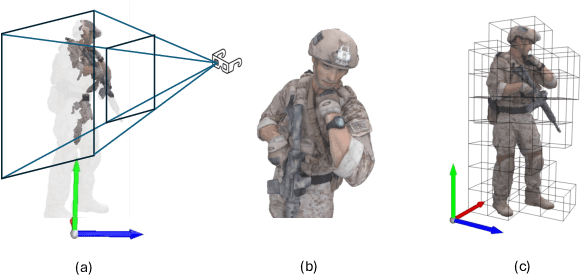
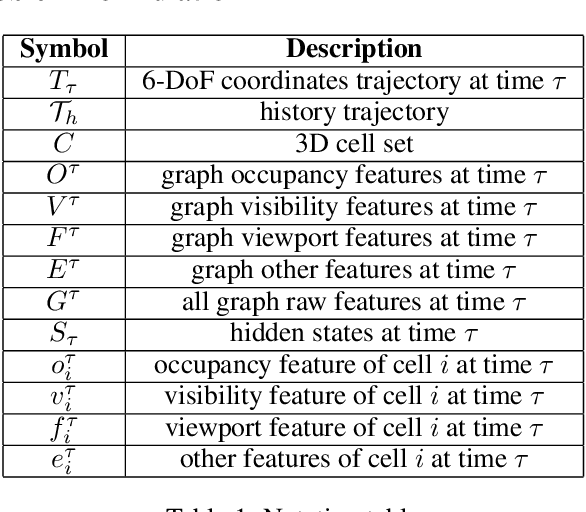
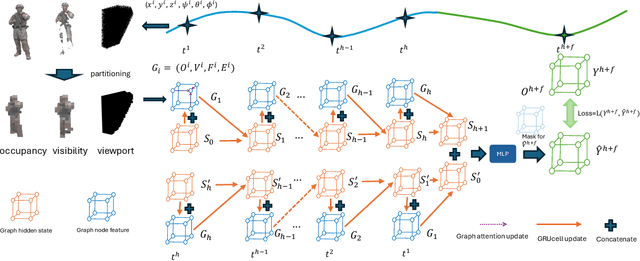
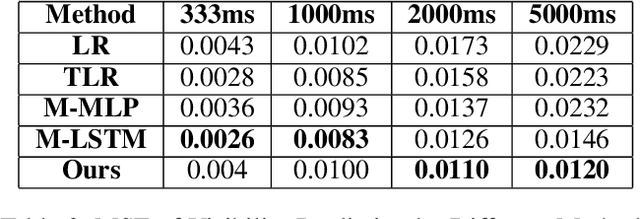
Abstract:Field-of-View (FoV) adaptive streaming significantly reduces bandwidth requirement of immersive point cloud video (PCV) by only transmitting visible points in a viewer's FoV. The traditional approaches often focus on trajectory-based 6 degree-of-freedom (6DoF) FoV predictions. The predicted FoV is then used to calculate point visibility. Such approaches do not explicitly consider video content's impact on viewer attention, and the conversion from FoV to point visibility is often error-prone and time-consuming. We reformulate the PCV FoV prediction problem from the cell visibility perspective, allowing for precise decision-making regarding the transmission of 3D data at the cell level based on the predicted visibility distribution. We develop a novel spatial visibility and object-aware graph model that leverages the historical 3D visibility data and incorporates spatial perception, neighboring cell correlation, and occlusion information to predict the cell visibility in the future. Our model significantly improves the long-term cell visibility prediction, reducing the prediction MSE loss by up to 50% compared to the state-of-the-art models while maintaining real-time performance (more than 30fps) for point cloud videos with over 1 million points.
Progressive Frame Patching for FoV-based Point Cloud Video Streaming
Mar 15, 2023Abstract:Immersive multimedia applications, such as Virtual, Augmented and Mixed Reality, have become more practical with advances in hardware and software for acquiring and rendering 3D media as well as 5G/6G wireless networks. Such applications require the delivery of volumetric video to users with six degrees of freedom (6-DoF) movements. Point Cloud has become a popular volumetric video format due to its flexibility and simplicity. A dense point cloud consumes much higher bandwidth than a 2D/360 degree video frame. User Field of View (FoV) is more dynamic with 6-DoF movement than 3-DoF movement. A user's view quality of a 3D object is affected by points occlusion and distance, which are constantly changing with user and object movements. To save bandwidth, FoV-adaptive streaming predicts user FoV and only downloads the data falling in the predicted FoV, but it is vulnerable to FoV prediction errors, which is significant when a long buffer is used for smoothed streaming. In this work, we propose a multi-round progressive refinement framework for point cloud-based volumetric video streaming. Instead of sequentially downloading frames, we simultaneously downloads/patches multiple frames falling into a sliding time-window, leveraging on the scalability of point-cloud coding. The rate allocation among all tiles of active frames are solved analytically using the heterogeneous tile utility functions calibrated by the predicted user FoV. Multi-frame patching takes advantage of the streaming smoothness resulted from long buffer and the FoV prediction accuracy at short buffer length. We evaluate our solution using simulations driven by real point cloud videos, bandwidth traces and 6-DoF FoV traces of real users. The experiments show that our solution is robust against bandwidth/FoV prediction errors, and can deliver high and smooth quality in the face of bandwidth variations and dynamic user movements.
Predictive Edge Caching through Deep Mining of Sequential Patterns in User Content Retrievals
Oct 06, 2022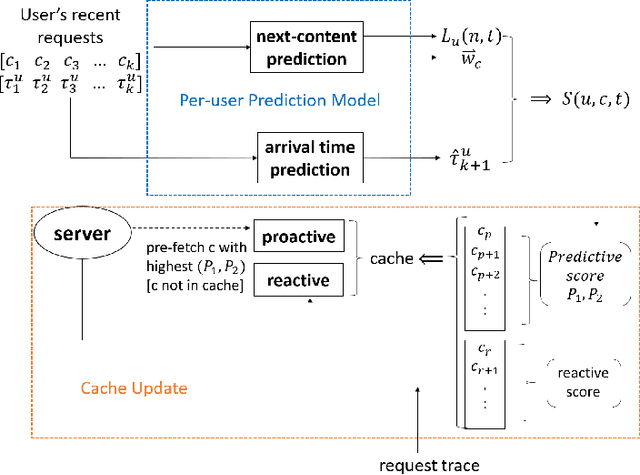
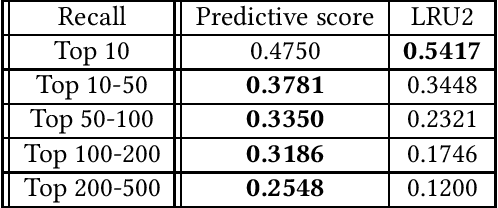
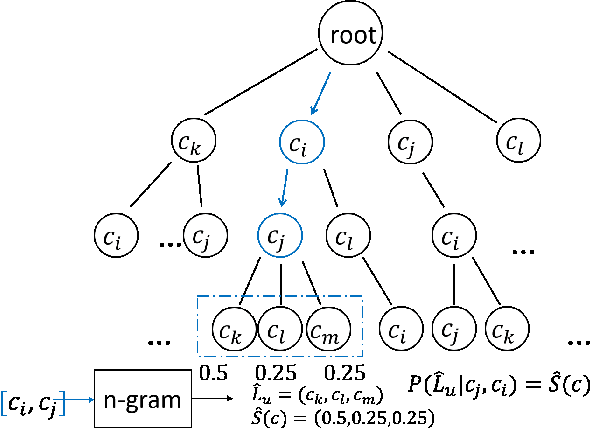
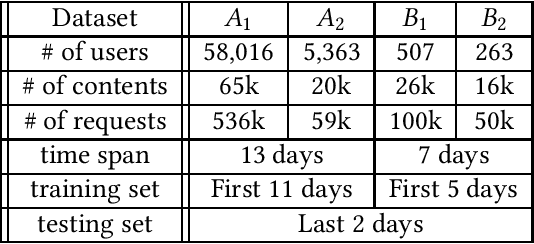
Abstract:Edge caching plays an increasingly important role in boosting user content retrieval performance while reducing redundant network traffic. The effectiveness of caching ultimately hinges on the accuracy of predicting content popularity in the near future. However, at the network edge, content popularity can be extremely dynamic due to diverse user content retrieval behaviors and the low-degree of user multiplexing. It's challenging for the traditional reactive caching systems to keep up with the dynamic content popularity patterns. In this paper, we propose a novel Predictive Edge Caching (PEC) system that predicts the future content popularity using fine-grained learning models that mine sequential patterns in user content retrieval behaviors, and opportunistically prefetches contents predicted to be popular in the near future using idle network bandwidth. Through extensive experiments driven by real content retrieval traces, we demonstrate that PEC can adapt to highly dynamic content popularity, and significantly improve cache hit ratio and reduce user content retrieval latency over the state-of-art caching policies. More broadly, our study demonstrates that edge caching performance can be boosted by deep mining of user content retrieval behaviors.
Cocktail Edge Caching: Ride Dynamic Trends of Content Popularity with Ensemble Learning
Jan 14, 2021
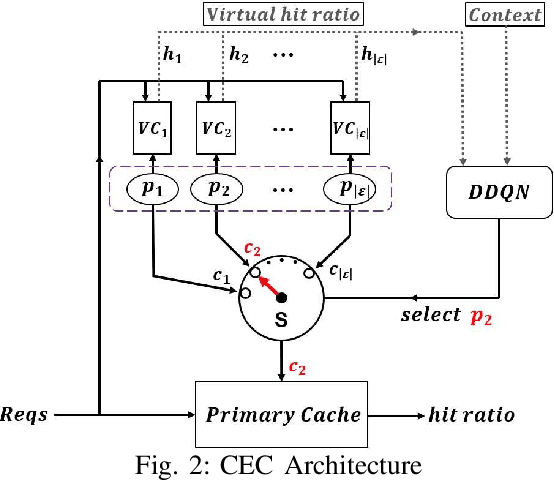


Abstract:Edge caching will play a critical role in facilitating the emerging content-rich applications. However, it faces many new challenges, in particular, the highly dynamic content popularity and the heterogeneous caching configurations. In this paper, we propose Cocktail Edge Caching, that tackles the dynamic popularity and heterogeneity through ensemble learning. Instead of trying to find a single dominating caching policy for all the caching scenarios, we employ an ensemble of constituent caching policies and adaptively select the best-performing policy to control the cache. Towards this goal, we first show through formal analysis and experiments that different variations of the LFU and LRU policies have complementary performance in different caching scenarios. We further develop a novel caching algorithm that enhances LFU/LRU with deep recurrent neural network (LSTM) based time-series analysis. Finally, we develop a deep reinforcement learning agent that adaptively combines base caching policies according to their virtual hit ratios on parallel virtual caches. Through extensive experiments driven by real content requests from two large video streaming platforms, we demonstrate that CEC not only consistently outperforms all single policies, but also improves the robustness of them. CEC can be well generalized to different caching scenarios with low computation overheads for deployment.
 Add to Chrome
Add to Chrome Add to Firefox
Add to Firefox Add to Edge
Add to Edge